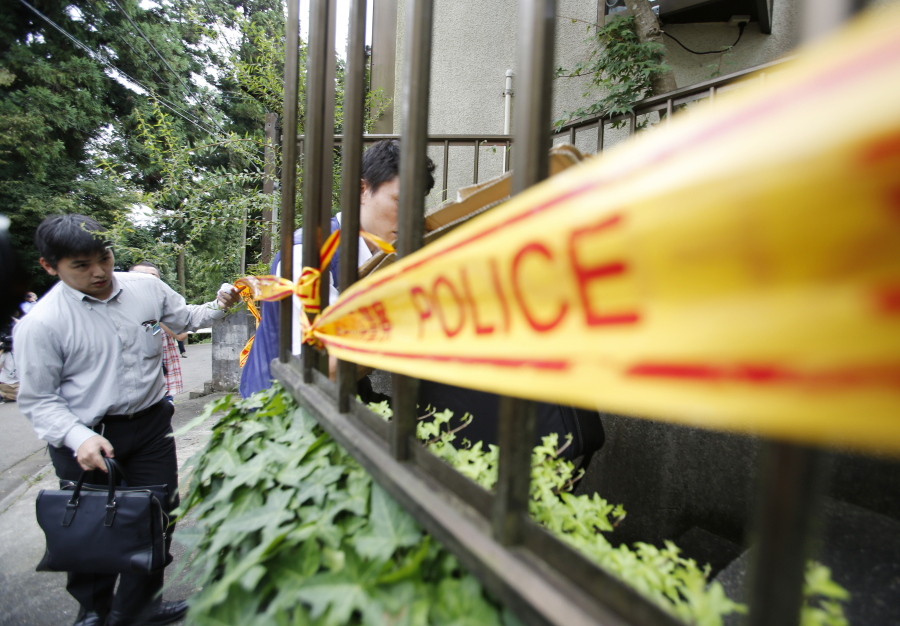TOKYO — He wrote that he intended to kill disabled people and that his plot would benefit Japanese society. The facility where he worked was so unnerved, it confronted him. He quit the job and police sent him to a psychiatric hospital, but doctors deemed him safe to release 12 days later. In the months that followed, his former workplace increased security, adding cameras to watch the buildings where 150 mentally disabled people resided. But he was left alone, free, unmonitored.
In the early morning darkness, Satoshi Uematsu entered the Yamayuri-en facility and killed or injured nearly a third of its patients within 40 minutes, Kanagawa prefectural authorities said. He turned himself in Tuesday morning about two hours after Japan’s deadliest mass attack in the post-World War II era.
Uematsu, 26, was known to his neighbors as a pleasant young fellow but is now seen as a monster grinning inside a police vehicle taking him to a district prosecutors’ office Wednesday for questioning.
In mid-February, Uematsu visited Parliament. He delivered a letter to the lower house speaker expressing his ideas about killing the disabled. He sat outside the house speaker’s official residence for two hours, until an official took the letter.



